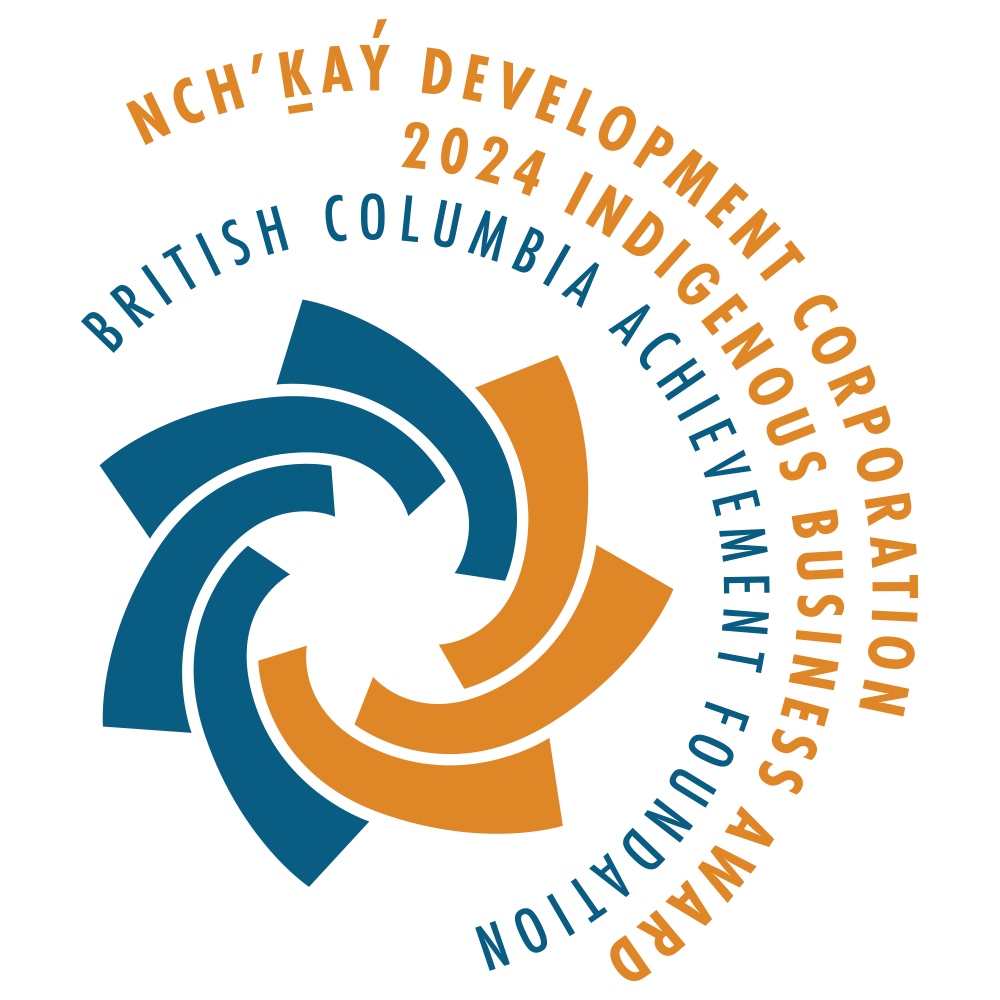Strong partnerships are essential building blocks for Indigenous communities like the Squamish Nation to achieve long-term economic growth and resilience. Collaborative relationships with business partners, government bodies, non-profit organizations, and other stakeholders can create diverse opportunities, maximize resources, and contribute to the community’s overall self-sustainability.
As part of the Nch’ḵaỷ mandate, we aim to develop, manage, and own the active businesses of the Squamish Nation while separating business from politics. One of the integral aspects of fulfilling our commitment is the development and nurturing of successful partnerships that benefit our community economically, socially, and environmentally.
In this article, we will explore various types of partnerships that Indigenous communities can engage in and the potential benefits these collaborations can offer. We will also examine the critical elements of building successful partnerships, how they contribute to the economic empowerment of the Squamish Nation, and how Nch’ḵaỷ plays an essential role in fostering these collaborative relationships.
Through successful partnerships, our community can address multiple challenges, harness new opportunities, and expand its horizons, promoting sustainable and self-sufficient development. As we forge forward on our path to economic empowerment, collaboration becomes a cornerstone in our journey towards resilience and growth that honours our cultural values and traditions.
Creating Collaborative Partnerships for Indigenous Economic Growth
Types of Partnerships and Their Potential Benefits
To drive economic growth and resilience for the Squamish Nation, engaging in various collaborative partnerships can unlock diverse opportunities, maximize resources, and create synergies. These partnerships can include, but are not limited to:
1. Business-to-Business (B2B) Partnerships: Collaborating with other businesses can lead to joint ventures, subcontracting opportunities, and the sharing of resources or knowledge that contribute to business growth. B2B partnerships can also expand market reach, enhance brand visibility, and allow communities to leverage the strengths of other enterprises.
2. Government Collaborations: Partnerships with governmental bodies can provide access to funding, regulatory support, and policy advocacy essential for Indigenous economic development. These collaborations can also support Indigenous community-owned businesses, infrastructure projects, and skill development initiatives.
3. Non-Profit Organizations and Foundations: Partnerships with non-profit organizations and foundations can create access to resources, grants, training, and mentorship programs that empower Indigenous communities. Such collaborations can enhance capacity building, skill development, and leadership training opportunities for community members, leading to long-term resilience and growth.
4. Educational Institutions: Collaborating with educational institutions can nurture knowledge-sharing, research, and internship opportunities. These partnerships also provide avenues for Indigenous communities to access specialized training and education necessary for economic development.
By tapping into these diverse partnerships, Indigenous communities can strengthen their economic foundation, foster innovation, and unlock the potential for sustainable and interconnected growth.
Critical Elements for Building Successful Partnerships
Creating effective and lasting partnerships requires a clear understanding of each party’s interests, strengths, and objectives. Here are some critical elements to consider when seeking and developing collaborative relationships:
1. Shared Goals and Values: Establishing common ground in terms of goals and values is crucial for building partnerships founded on mutual trust and respect. Understanding what both parties seek to achieve can lay the foundation for a strong working relationship that generates tangible results.
2. Open Communication: Open and transparent communication plays a vital role in maintaining a healthy partnership. Establishing regular lines of communication, listening actively, and promoting a candid culture can nurture sustained collaboration that fosters growth and resilience.
3. Accountability and Responsibility: Establishing accountability and clear responsibilities within partnerships ensures efficient project management and decision-making. Defining roles, setting expectations, and monitoring progress can help sustain collaborative relationships grounded in professionalism and commitment.
4. Adaptability and Flexibility: A successful partnership must adapt to the ever-changing economic and social environment. Being open to change and embracing new ideas or perspectives can enhance the partnership’s long-term success and empower both parties to overcome new challenges that may arise.
5. Recognition and Celebration of Success: Acknowledging the achievements and milestones of a partnership can cultivate a positive atmosphere and bolster commitment from all parties involved. Celebrating successes not only strengthens the partnership itself but also showcases the shared impact on the community.
The Role of Nch’ḵaỷ in Fostering Collaborative Partnerships
Nch’ḵaỷ is committed to forging strategic partnerships that benefit the Squamish Nation economically, socially, and environmentally. We play a crucial role in connecting our community with resources, opportunities, and support, driving growth and creating a sustainable and resilient economic environment.
Our role in fostering partnerships includes the following:
1. Identifying Opportunities: We proactively seek and identify partnership opportunities that align with the Squamish Nation’s unique strengths and objectives.
2. Facilitating Connections: We initiate dialogue and develop relationships with potential partners, providing a platform for collaboration and negotiation.
3. Representing the Community’s Best Interests: We ensure that the Squamish Nation’s interests, values, and aspirations are represented when negotiating partnership agreements, advocating for the greatest benefit to our community.
4. Supporting Collaborative Projects: We provide guidance and support in managing collaborative projects, ensuring that resources and expertise are allocated efficiently and that all parties uphold their commitments.
5. Evaluating Outcomes: We monitor and evaluate the outcomes of partnerships, ensuring they contribute positively to the Squamish Nation’s development and well-being.
With our commitment to nurturing strategic partnerships, Nch’ḵaỷ plays a pivotal role in the Squamish Nation’s journey towards a prosperous, resilient, and self-sustaining future.
Partnerships as Drivers of Indigenous Economic Growth
Through collaborative efforts with diverse partners, Indigenous communities can unlock new opportunities, maximize resources, and promote economic growth. These partnerships foster innovation, skill development, and collaboration, contributing to an interconnected and resilient community.
At Nch’ḵaỷ, we are dedicated to nurturing partnerships for the Squamish Nation’s economic empowerment. By working together with our community and partners, we create a future shaped by our cultural heritage, strengthened by our resilience, and inspired by our collective potential.
To learn more about our approach to building partnerships, the role they play in the economic growth of the Squamish Nation, and our vision for a collaborative future, visit Nch’ḵaỷ.com. Join us in forging powerful relationships that pave the way for an empowered and resilient community.


